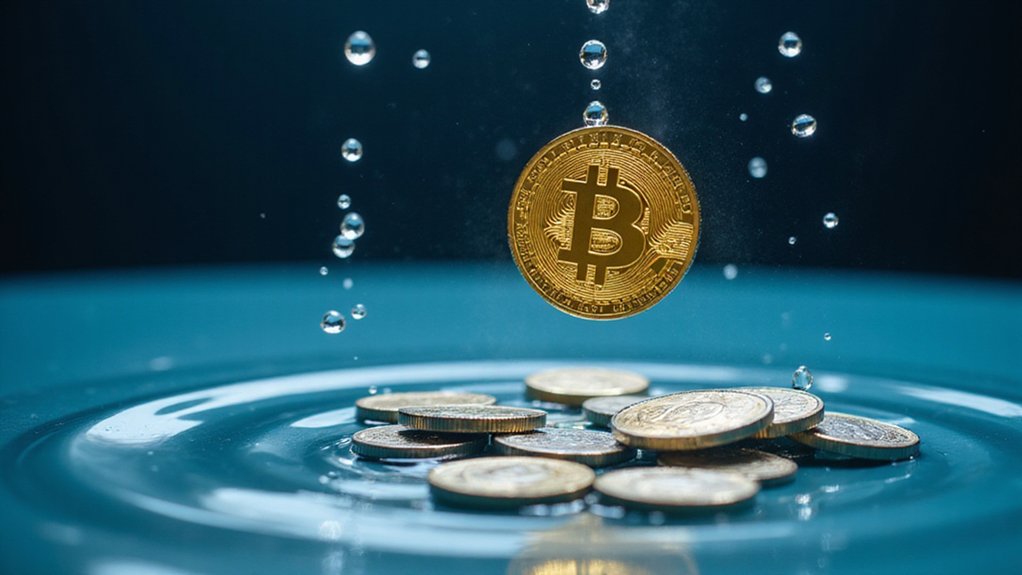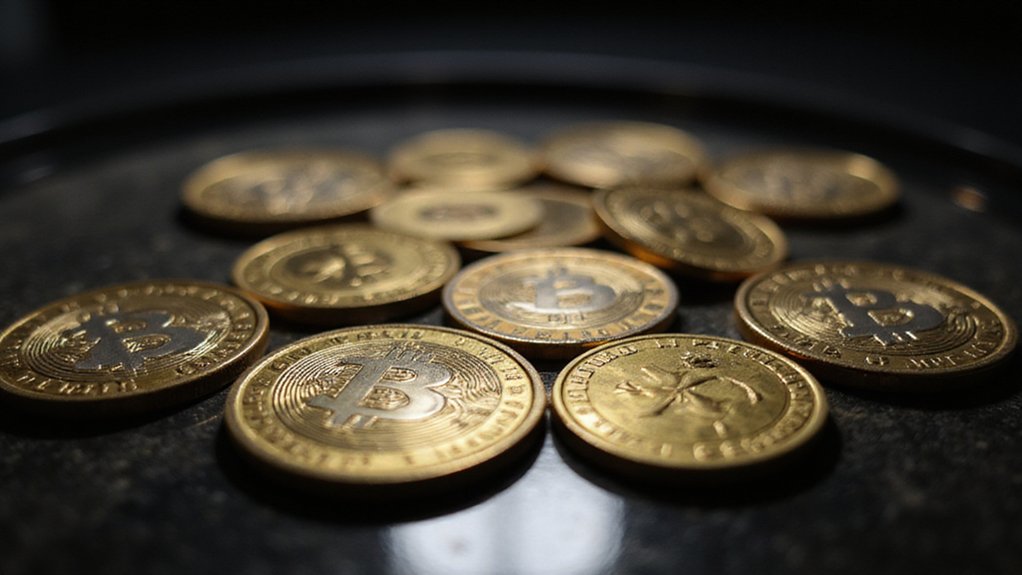OKX has executed what can only be described as a breathtaking act of financial self-immolation, torching 65.26 million OKB tokens worth $7.6 billion in a single burn that slashed the circulating supply by an eye-watering 52%.
The market’s response was as predictable as it was spectacular: OKB prices catapulted between 130% and 170% within twenty-four hours, reaching peaks of $143 while trading volumes exploded by an astronomical 13,000% to cross $700 million.
This pyromaniacal display of tokenomics engineering represents the largest single burn in OKX‘s history, dwarfing their quarterly immolations since 2019. The exchange has now capped total OKB supply at a Bitcoin-esque 21 million tokens, introducing scarcity dynamics that would make Satoshi Nakamoto nod approvingly.
Such deliberate supply destruction creates deflationary pressure that transforms holding patterns from speculative gambling into rational economic behavior.
When scarcity becomes strategy, hodling transforms from casino mentality into cold economic calculation.
Beyond the theatrical token incineration, OKX disclosed substantial infrastructure upgrades to their Polygon-powered zkEVM blockchain, X Layer.
The implementation of Polygon CDK technology boosted transaction throughput to 5,000 TPS while reducing gas fees to near-zero levels—a combination that makes Ethereum’s congestion headaches look positively antiquated.
These improvements target DeFi applications, payments, and real-world asset tokenization, positioning X Layer as a serious contender in the increasingly crowded L2 ecosystem.
The strategic migration of OKB from OKTChain and Ethereum L1 onto X Layer represents more than technical housekeeping; it’s a thorough tokenomics overhaul designed to consolidate utility within OKX’s expanding ecosystem.
The exchange is integrating X Layer across wallet, trading, and payment systems while announcing ecosystem funds and liquidity incentives to attract developers.
Perhaps most intriguingly, OKX is exploring a potential U.S. IPO, suggesting this token burn spectacle might serve dual purposes: generating immediate market euphoria while demonstrating operational sophistication to potential equity investors.
Whether this DeFi revolution represents genuine innovation or elaborate financial theater remains to be seen, but the market has rendered its verdict with characteristic enthusiasm.
The combination of artificial scarcity, technological upgrades, and strategic positioning creates a compelling narrative that transcends typical exchange token dynamics. These distribution strategies and supply manipulation techniques demonstrate how tokenomics principles can transform speculative digital assets into structured economic instruments with measurable market impact.





